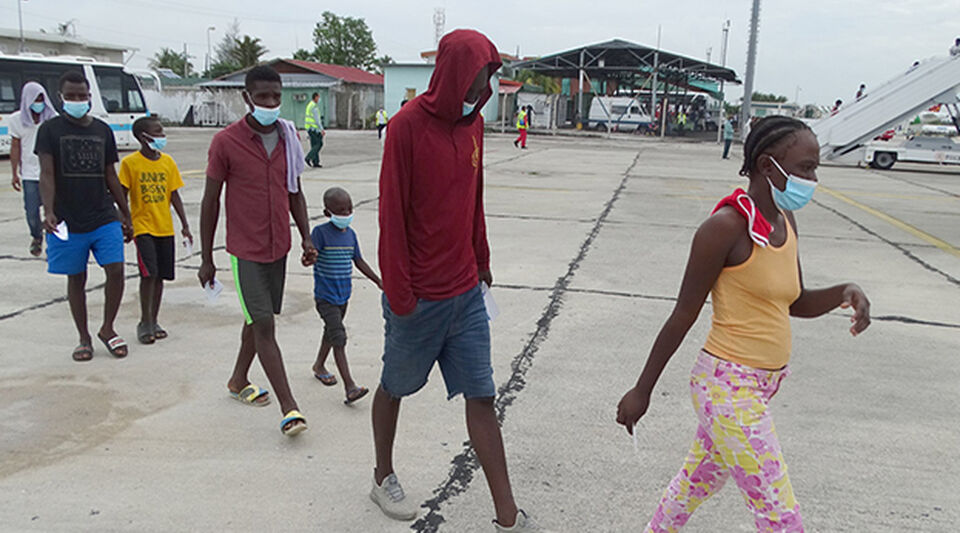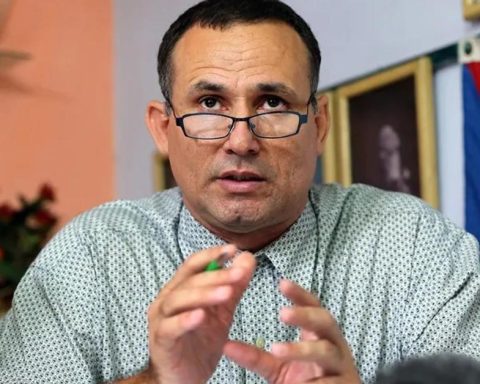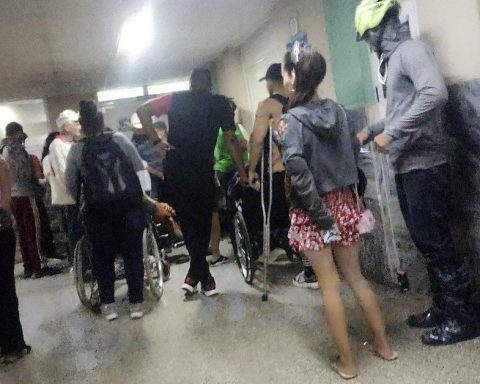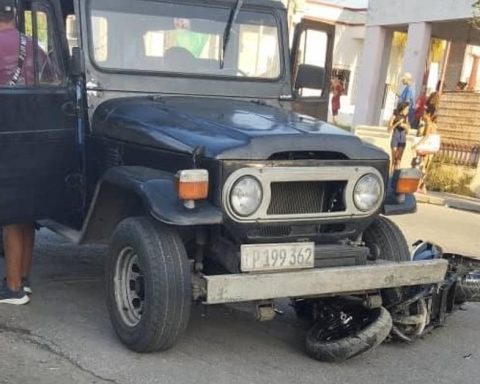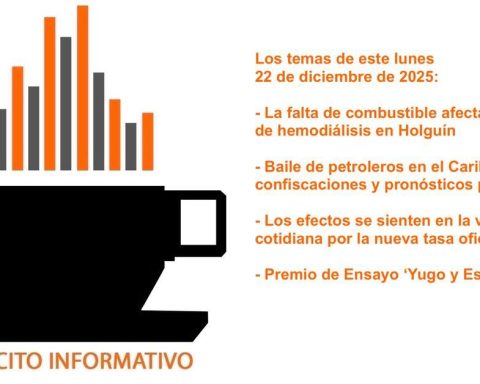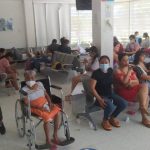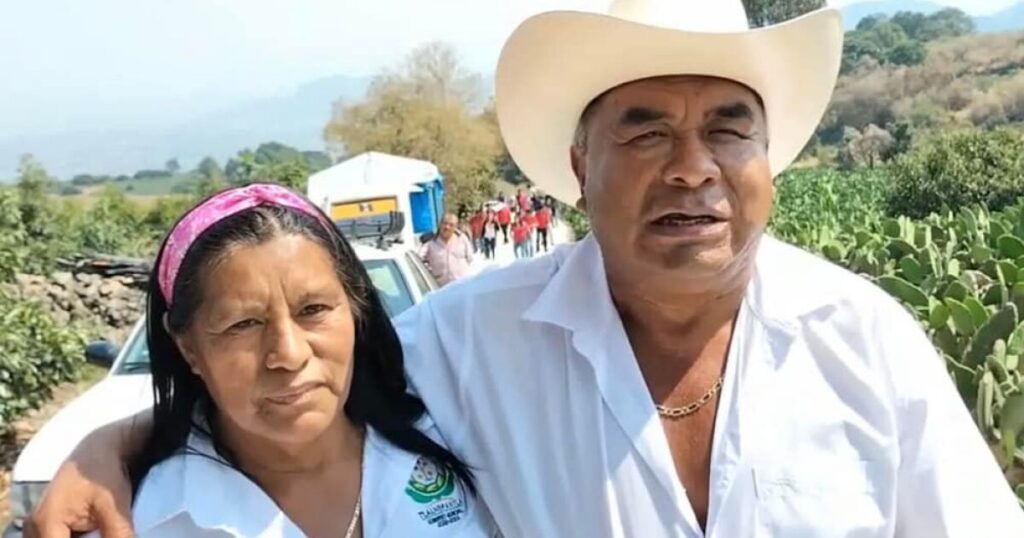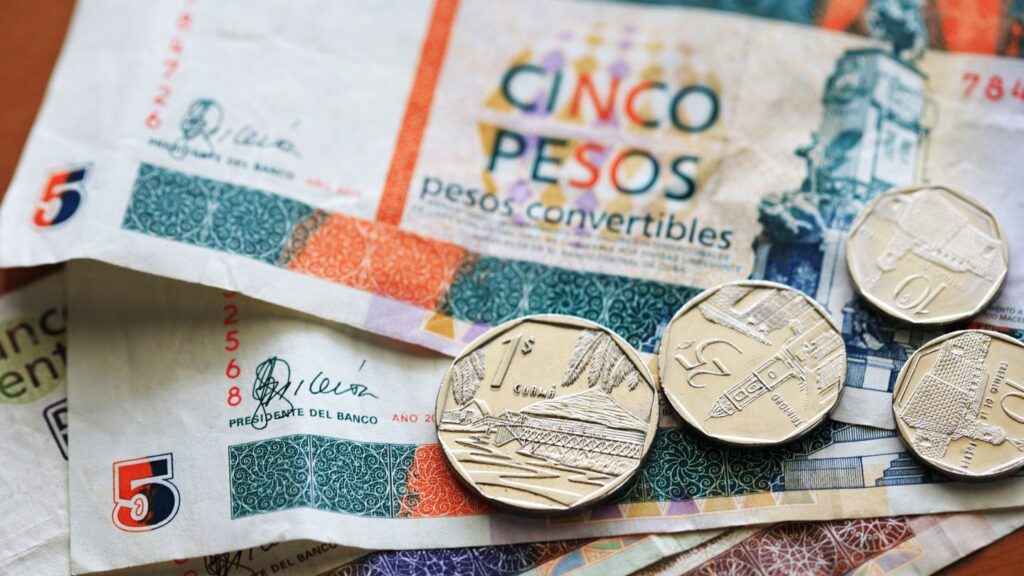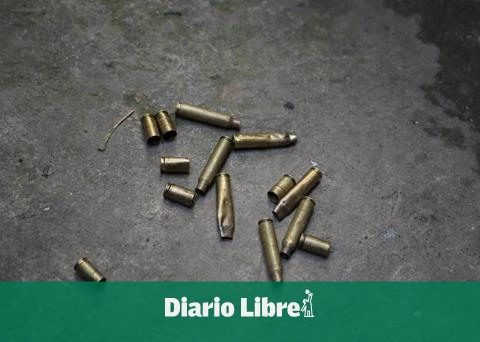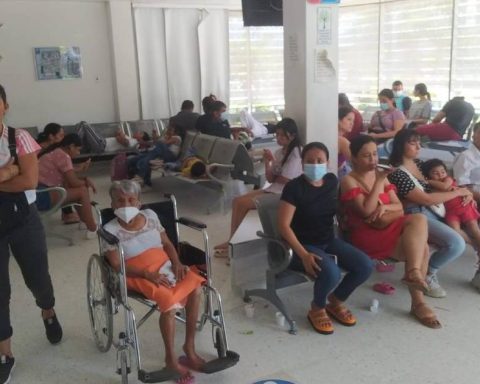With children in their arms and others by the hand, some 600 Haitians were returned to their country this Thursday from Cuba on a second repatriation flight. The migrants arrived at the Toussaint Louverture international airport in Port-au-Prince nine days after being found by coastguards and officials from the Island’s Ministry of the Interior, according to Prensa Latina.
In total, 842 Haitians were found, who were seeking to reach the United States in a wooden boat. They had left their country a week ago, and were swindled by smugglers who left them on the high seas. When they were found in the ocean, they were taken to Caibarién in the province of Villa Clara.
The director of the Red Cross in that province in the center of the country, Miguel Fernández, told the official newspaper Granma that the rest of the migrants who remain in Villa Clara will be returned by air between this Friday and Saturday.
Last Wednesday, the Villa Clara government had reported on its website Facebook the departure of the first flight with Haitian migrants from the Abel Santamaría International Airport.
Together with the publication, the local authorities shared photographs and a video of the moment of boarding: they returned only with their clothes on and sad faces. Some who wore another garment, covered their faces so as not to be captured by the state cameras. The Associated Press (AP) agency collected the testimonies of the migrants, who confirmed that they had been deceived.
Maximaud Cherizard told the AP that a smuggler told them he would take them to the boat where 200 to 300 people would travel. He left with his seven-year-old son, his wife, and his sister-in-law. They had paid around $4,000 per person to get to the United States.
The migrants stated that they had been transferred in groups, in a small boat, to the larger boat, but that it was not the one shown in photos by the smugglers. The reason for the flight from Haiti is the economic and insecurity situation. “In Haiti there is no future,” claimed one of the women traveling with a baby, according to AP.
Among the Haitian migrants there was a woman who gave birth on the boat and who, together with the newborn, received medical attention in a Villa Clara hospital. Prensa Latina affirmed that the foreigners were housed in one of the Sierra Morena campsites.
Also at the end of last year, hundreds of Haitians who arrived in Cubahad left the southeast of their country where an earthquake occurred in August and February, some 292 Haitians were repatriated from the Island after being diverted from their route to the United States by the wind.
Following the arrivals, Cuba deported hundreds of Haitians by air and sea. Unicef said that 80% of the children returned at the end of last year were under five years old and suffered from skin diseases and malnutrition.
“To ensure that people are not returned to their country of origin and the dangers from which they have fled, coordination, solidarity and sharing of responsibilities are essential”
According to official data, from 2001 to 2021, a total of 76 boats with more than 4,000 irregular Haitian migrants arrived in the Cuban province of Guantánamo alone. As a general rule, they are not interested in staying on the Island.
Last week, the United Nations Refugee Agency (UNHCR) expressed concern about the increase in people, including Haitians, embarking on dangerous journeys through the Caribbean Sea.
“In order to respond effectively and ensure that people in need of international protection are not returned to their country of origin and the dangers from which they have fled, coordination, solidarity and responsibility sharing are essential,” said the spokeswoman for the Shabia Mantoo organization.
The UNHCR also collects in a statement that in May the United States Coast Guard reported having intercepted 3,900 Haitians in the last seven months. In addition, he indicated that “the US armed force received information that at least 175 disappeared or died.”
________________________
Collaborate with our work:
The team of 14ymedio is committed to doing serious journalism that reflects the reality of deep Cuba. Thank you for joining us on this long road. We invite you to continue supporting us, but this time becoming a member of our journal. Together we can continue transforming journalism in Cuba.
